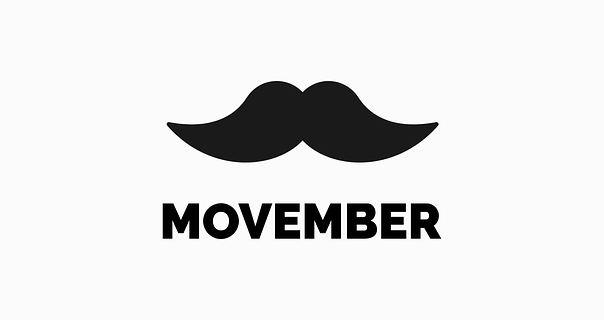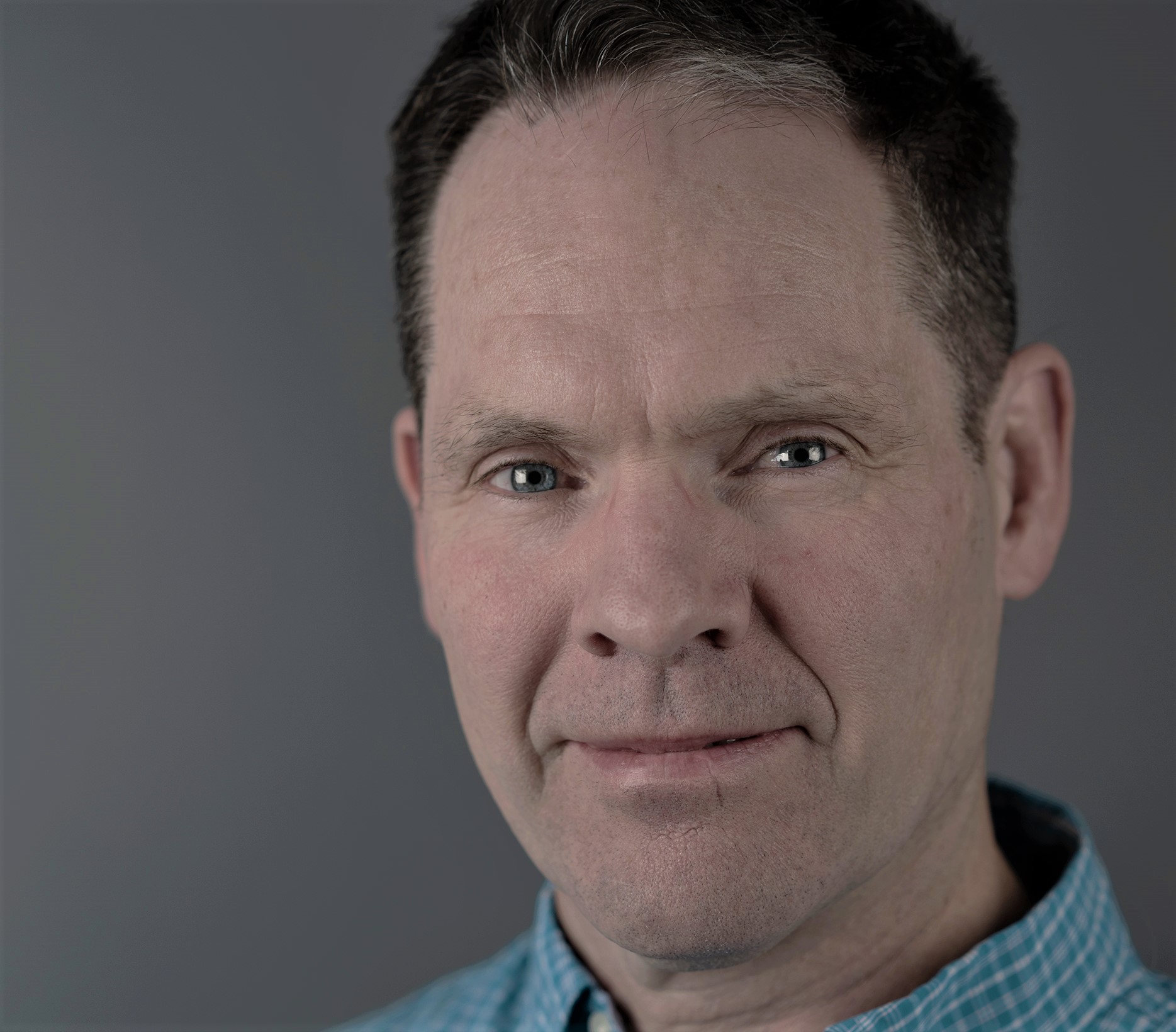
By
Tim Skuce, Teresa Anne Fowler, and Shannon D. M. Moore
November 2020
Print Version
What you need to know
This project, An inquiry into how elite-level male ice hockey players enact forms of resistance to hegemonic masculine ideals, explores how current and former professional hockey players resist the “toxic traits” required and cultivated in hockey culture.
Why this research is important
Elite-level male ice hockey has become deeply embedded in Canadian culture; specifically, it has evolved from a recreational activity—a past-time—to a way of life. Participation in competitive ice hockey is an important site for the production, negotiation, and maintenance of hegemonic masculinities in Western culture.
Although elite-level male ice hockey provides athletes with a range of positive characteristics such as resiliency, commitment, discipline and a sense of fellowship, the consensus among researchers is that ice hockey is a White male-dominated sphere that attempts to socialize young boys and men into traditional hegemonic masculine ideals (referred to as “hegemonic masculinity” in the scholarly literature). Furthermore, to promote and assure that athletes embrace certain masculine ideals, they are frequently subjected to policing tactics that ensure the adoption and enactment of preferred masculine characteristics.
The socialization process becomes problematic when young boys and men begin to embody certain traits of hegemonic masculinities that become manifest in attitudes such as homophobia, misogyny, and heteronormativity (Adams, Anderson & McCormack, 2010; Anderson, 2008).
Moreover, Connell and Messerschmidt (2005) suggest that the attainment of dominant masculine traits does not necessarily translate into fulfilling and satisfying experiences in life. Despite personifying the desired masculine ideals, many former competitive ice hockey players are now publicly revealing their struggles with alcohol, drug addiction, and the impacts of injuries connected to a lifetime of embodying hyper-aggressive and overly competitive qualities of maleness (Messner, 1990). This has been brought to light in recent mainstream media such as W5’s exposé on the endorsed use of painkillers to man-up and play through pain. Retired NHL players have publicly spoken about the severe long-term consequences of a culture that necessitates hegemonic masculinity. These “toxic traits” are frequently perpetuated and legitimized in a variety of social contexts that extend into the broader community; for example, in men’s relationships with women, children, and other men. This is especially problematic given that this way of thinking and behaving contributes to preserving men’s dominant position in society and marginalizes other more inclusive expressions of masculinities.
Despite the prevalence of hegemonic masculinity and corresponding policing tactics, many boys and men resist the expectations of masculinity promoted in hockey culture. This project explores how boys and men resist hegemonic masculinity within this sporting context. It is hoped that this study will offer a means to (re)interpret, (re)imagine, (re)story, and (re)enact what it means to be a boy/man and ultimately evolve the sport to become more inclusive. It is expected that the findings from this study will offer multifaceted definitions of masculinities, contribute to studies on violence, and further conversations on heteronormativity, homophobia, and misogyny in hockey culture.
How this research will be conducted
This research will interview professional male ice hockey players to understand their experiences as they resisted hegemonic masculinity. Further, this research will examine how these men (re)negotiate the concept of hegemonic masculinity and how acts of resistance influence the formation and enactment of their identities within and beyond this sporting context.
Implications of the research
This research can be used to provoke the idea that hegemonic masculinity is natural and that these “toxic traits” are inherent to the sport. Further, the notion of masculinities is not a fixed or stable construct; rather, it can be reinterpreted, reimagined, and reenacted to provide other alternatives of what it means to be an elite-level ice hockey player both on and off the ice. This study seeks to provide current players with a language to which they can begin resisting hegemonic masculinity and have a more inclusive understanding of what it means to be and act like a boy or a man. As educators, we intend this research to be pedagogical and inform minor hockey communities through workshops and ongoing conversations that provide opportunities for enlarged understandings of the self, other, and sport.
Acknowledgements
This project is supported by Brandon University Research Committee (BURC).
About the Researchers
Keywords
- hegemonic masculinity
- ice-hockey culture
- identities
- resistance
Editor: Christiane Ramsey
Read more BU Research
Research at Brandon University follows comprehensive policies designed to safeguard ethics, to ensure academic integrity, to protect human and animal welfare and to prevent conflicts of interest.



